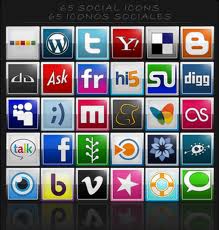If you have an old plastic kit lenses lying around, something that you are not using for anything serious, you can give it a new life as a macro lens by removing the front element.
Here I have an old Canon 38-76mm lens. You can find these in eBay, second-hand stores, etc. The process may not be identical for other kit lenses, but should be similar.
Use a small flathead screwdriver to remove the plastic ring that is glued onto the front. Be careful not to tear or break it.
You’ll find tiny crosshead screws under the ring. They may be really tight. The cheapest tools won’t work here. Use a good, hardened, exact-fit screwdriver and keep it firmly in place, otherwise you may ruin the heads and then you won’t be able to remove the front element without breaking things. Try not to scratch the lens.
Pull the front element out. Now you have an odd-looking but fairly decent macro lens! Attach it normally to the camera (not in reverse; no adapters needed).
Keep the parts so you can put everything back together later if you ever get tired of using it as a macro lens. You can the lens cap and the front element together as a “lens cap” of the macro lens. A rubber band can keep it together.
With the widest aperture the depth of field will be very narrow, so you may want to shoot with the smallest aperture you can. In bright sunlight this should be no problem. Otherwise you may want to use a tripod and a remote, or the camera’s self-timer, and flash(es) etc. Without the front element the auto-focus will not work, so it’s better to turn it off. Focus by moving the camera or the subject.
Using an extender increases the magnification.
Here are some sample photos I shot using my makeshift macro lens:
About the author: Juha Loukola is a photography enthusiast based in Finland. You can visit his Flickr page here.
The posts and articles provided by our news desk our not always our own personal views.Tweet at #AceSocialNews #AceNewsServices and email us at News & Views
Thank you, Ian [Editor]




